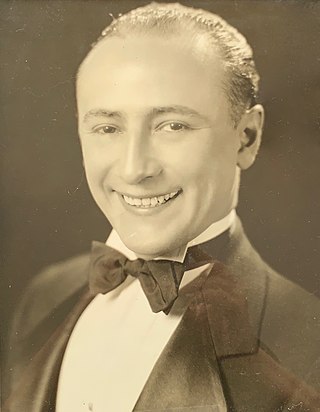History

All films in the beginning of cinema were very short, sometimes running only a minute or less. It was not until the 1910s when films started to get longer than about ten minutes. The first set of films were presented in 1894 and it was through Thomas Edison's device called a kinetoscope. It was made for individual viewing only. Comedy short films were produced in large numbers compared to lengthy features such as D. W. Griffith's 1915 The Birth of a Nation .[ citation needed ] By the 1920s, a ticket purchased a varied program including a feature and several supporting works from categories such as second feature, short comedy, 4–10 minute cartoon, travelogue, and newsreel.
Short comedies were especially common, and typically came in a serial or series (such as the Our Gang movies, or the many outings of Charlie Chaplin's Little Tramp character).
Animated cartoons came principally as short subjects. Virtually all major film production companies had units assigned to develop and produce shorts, and many companies, especially in the silent and very early sound era, produced mostly or only short subjects.
In the 1930s, the distribution system changed in many countries, owing to the Great Depression. Instead of the cinema owner assembling a program of their own choice, the studios sold a package centered on a main and supporting feature, a cartoon and little else. With the rise of the double feature, two-reel shorts went into decline as a commercial category.
The year 1938 proved to be a turning point in the history of film comedies. Hal Roach, for example, had discontinued all short-subject production except Our Gang , which he finally sold to Metro-Goldwyn-Mayer in 1938. The Vitaphone studio, owned by Warner Bros., discontinued its own line of two-reel comedies in 1938; Educational Pictures did as much that same year, owing to its president Earle W. Hammons unsuccessfully entering the feature-film field. With these major comedy producers out of the running, Columbia Pictures actually expanded its own operations and launched a second two-reel-comedy unit in 1938. Columbia and RKO Radio Pictures kept making two-reel comedies into the 1950s.
Theater managers found it easier and more convenient to fit shorter, one-reel (10-minute) subjects into their double-feature programs. In the live-action field, RKO's Flicker Flashbacks revivals of silent films ran from 1943 to 1956, and Warner Bros.' Joe McDoakes comedies became a regular series in 1946 and lasted until 1956. By and large, however, the movies' one-reel subject of choice was the animated cartoon, produced by Walt Disney, Warner Bros., MGM, Paramount, Walter Lantz, Columbia, and Terrytoons.
One of the movies' oldest short-subject formats was the adventure serial, first established in 1912. A serial generally ran for 12 to 15 chapters, 15 to 20 minutes each. Every episode ended with the hero or heroine trapped in a life-threatening situation; audiences would have to return the following week to see the outcome. These "chapter plays" remained popular through the 1950s, although both Columbia and Republic Pictures were now making them as cheaply as possible, reusing action highlights from older serials and connecting them with a few new scenes showing identically dressed actors. Even after Republic quit making serials in 1955 and Columbia stopped in 1956, faithful audiences supported them and the studios re-released older serials through the mid-1960s. The 1964 revival of Columbia's Batman serial resulted in a media frenzy, spurring a new Batman TV series and a wave of Batman merchandise.
With the rise of television, the commercial live-action short was virtually dead; most studios canceled their live-action series in 1956. Only The Three Stooges continued making two-reel comedies; their last was released in 1959. Short films had become a medium for student, independent and specialty work.
Cartoon shorts had a longer life, due in part to the implementation of lower-cost limited animation techniques and the rise of television animation, which allowed shorts to have both theatrical runs and a syndication afterlife. Warner Bros., one of the most prolific of the golden era, underwent several reorganizations in the 1960s before exiting the short film business in 1969 (by which point the shorts had been in televised reruns for years). MGM continued Tom and Jerry (first with a series of poorly-received Eastern European shorts by Gene Deitch, then a better-received run by Warner Bros. alumnus Chuck Jones) until 1967, and Woody Woodpecker lasted to 1972; the creative team behind MGM's 1940s and 1950s cartoons formed Hanna-Barbera Productions in 1957, mainly focusing on television. The Pink Panther was the last regular theatrical cartoon short series, having begun in 1964 (and thus having spent its entire existence in the limited animation era) and ended in 1980. By the 1960s, the market for animated shorts had largely shifted to television, with existing theatrical shorts being syndicated to television.












